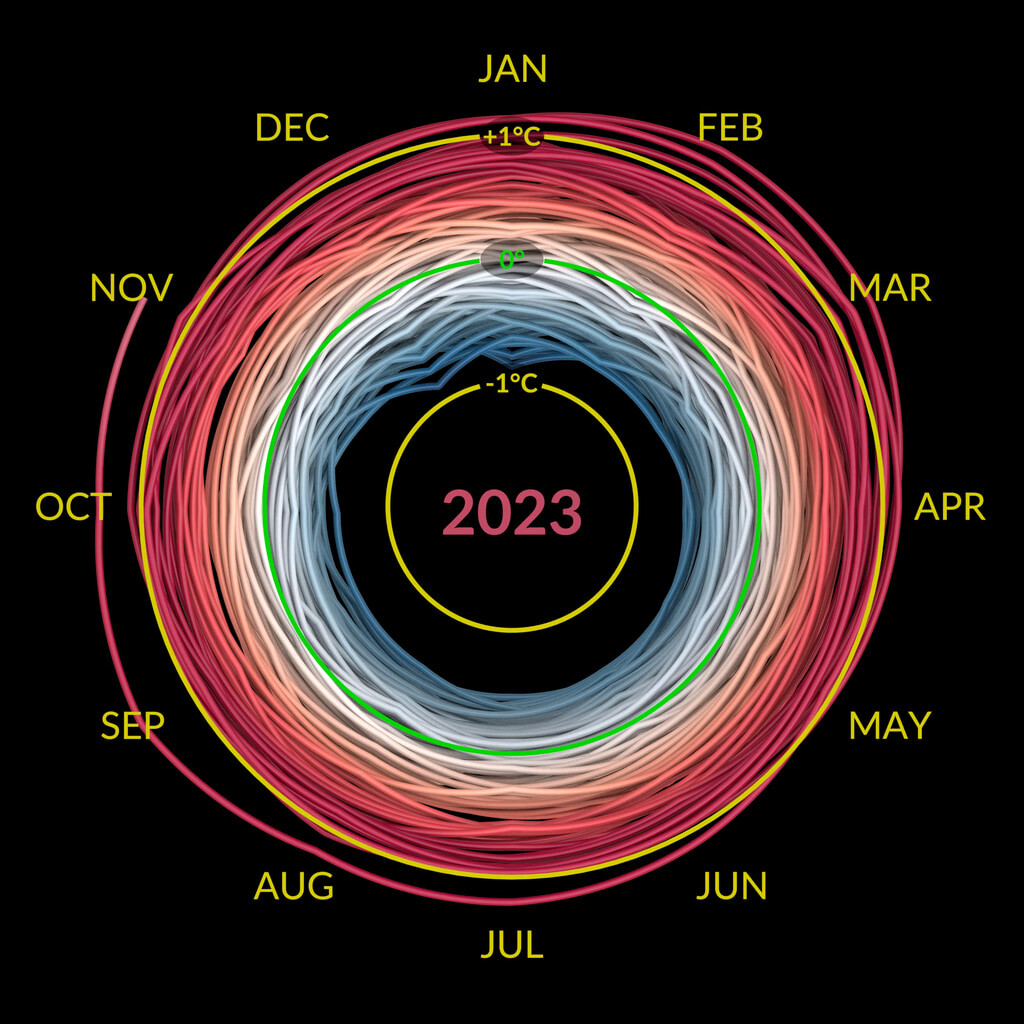256
2
260
15
261
29
262
24
263
11
Why Iceland's latest eruption may be the most dangerous in recent history
(www.nationalgeographic.com)
266
36
West Antarctica Glacier's Retreat Unstoppable: Study Says Tipping Point Crossed
(www.sciencealert.com)
269
16
270
10
272
23
Could We Stop Yellowstone From Erupting with a Giant Geothermal Power Plant?
(www.construction-physics.com)
273
5
274
37
Gigantic Wave in Pacific Ocean Was Most Extreme 'Rogue Wave' on Record
(www.sciencealert.com)
275
136
Earth, Environment, and Geosciences
1843 readers
6 users here now
Welcome to c/EarthScience @ Mander.xyz!
Notice Board
This is a work in progress, please don't mind the mess.
- 2023-06-13: We are looking for mods. Send a dm to @fossilesque@mander.xyz if interested!
What is geoscience?
Geoscience (also called Earth Science) is the study of Earth. Geoscience includes so much more than rocks and volcanoes, it studies the processes that form and shape Earth's surface, the natural resources we use, and how water and ecosystems are interconnected. Geoscience uses tools and techniques from other science fields as well, such as chemistry, physics, biology, and math! Read more...
Quick Facts
Rules
- Don't throw mud. Be kind and remember the human.
- Keep it rooted (on topic).
- No spam.
Jobs
Teaching Resources
Tools
- GitHub - RichardScottOZ/mineral-exploration-machine-learning: List of resources for mineral exploration and machine learning, generally with useful code and examples.
Climate
Similar Communities
- !openscience@lemmy.ml
- !reclamation@slrpnk.net
- !geology@lemmy.ca
- !geophysics@lemmy.ca
- !geologycareers@lemmy.ca
- !mining@lemmy.ca
Sister Communities
Science and Research
Biology and Life Sciences
- !anthropology@mander.xyz
- !microbiology@mander.xyz
- !biodiversity@mander.xyz
- !palaeoecology@mander.xyz
- !palaeontology@mander.xyz
Plants & Gardening
Physical Sciences
Humanities and Social Sciences
- !archaeology@mander.xyz
- !cooking@mander.xyz
- !folklore@mander.xyz
- !history@mander.xyz
- !old_maps@mander.xyz
Memes
founded 1 year ago
MODERATORS
